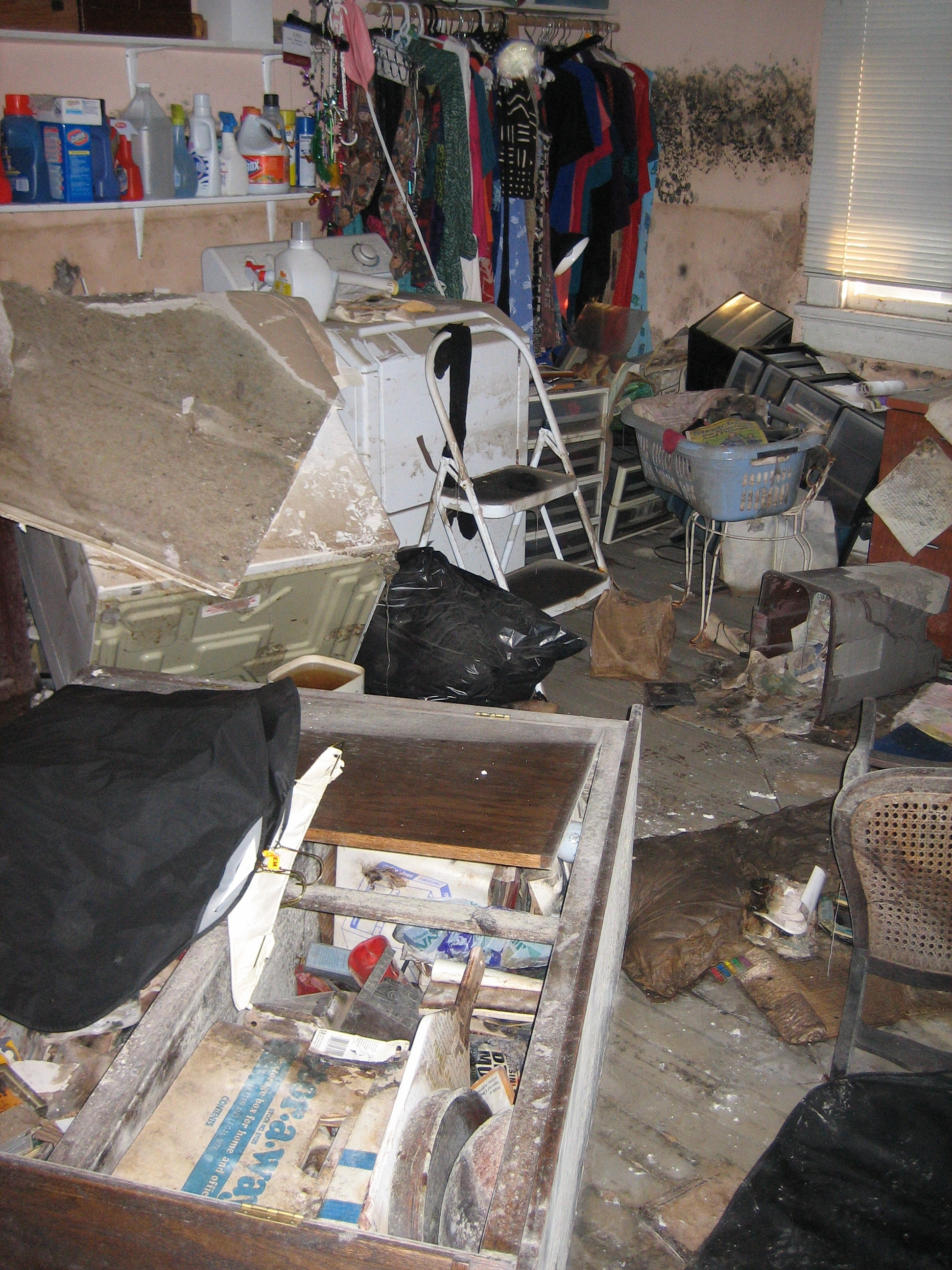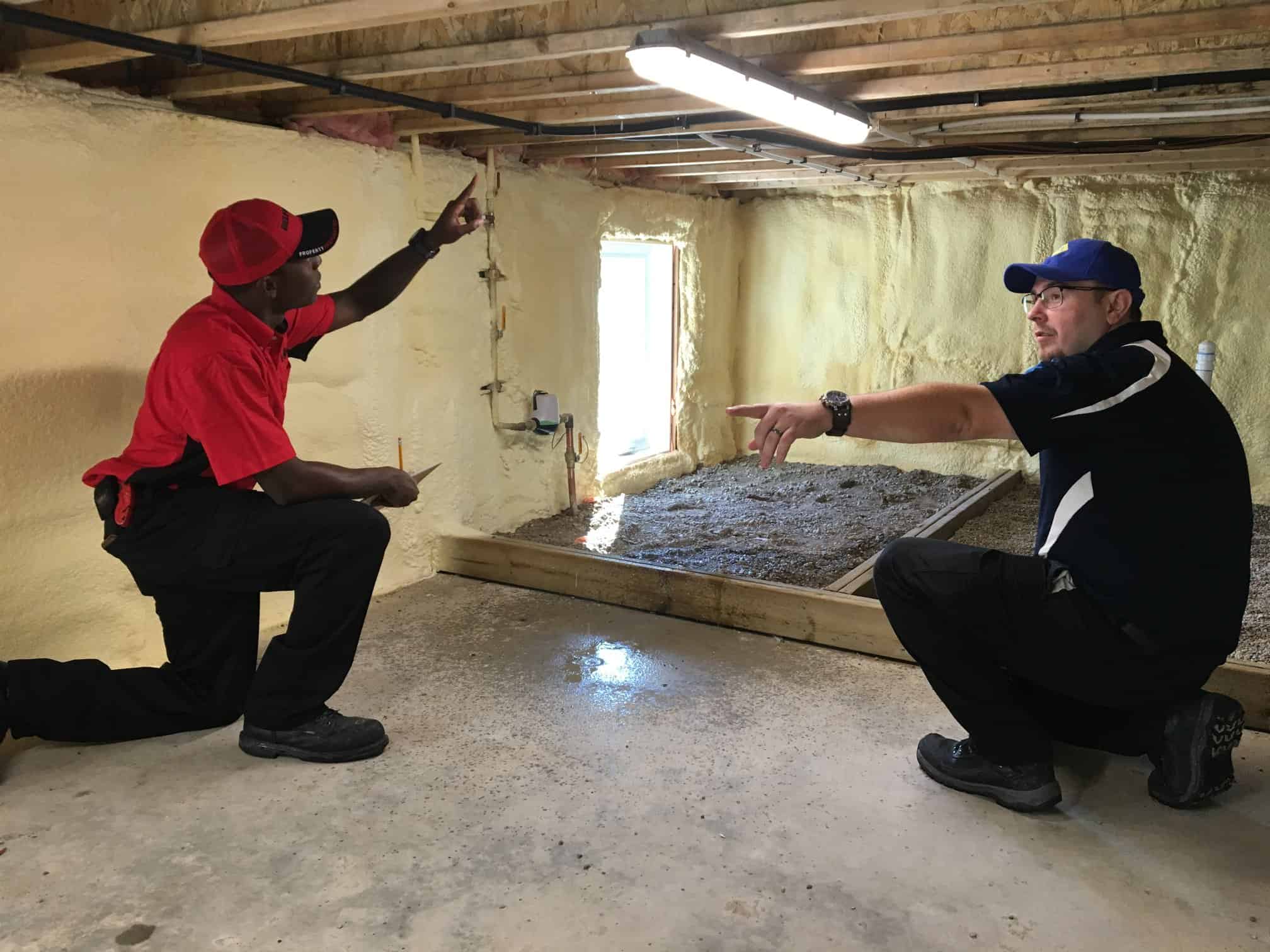Emergency Water Leak Repair to Prevent Further Property Destruction
The Process of Water Damages Clean-up: Ensuring Your Home Is Restored Effectively
Water damage can be a challenging difficulty for homeowners, requiring a careful and structured cleanup procedure to restore security and functionality. At first, an extensive assessment is vital to determine the extent of the damage and establish the proper removal steps. Following this, efficient water extraction strategies play a critical duty in minimizing further damage. The subtleties of drying out, disinfecting, and ultimate reconstruction are just as necessary and usually ignored. Recognizing these phases can make a significant distinction in the end result of your home's repair, motivating a closer consider what each action entails.
Examining the Damage
Upon finding water damage, the very first step is to completely analyze the extent of the effect. This preliminary evaluation is crucial, as it assists determine the needed actions for effective clean-up and reconstruction. Begin by checking the impacted locations, consisting of walls, ceilings, floors, and individual items, to determine the resource of the water breach, whether from flooding, leaks, or condensation.
Documenting the damage is essential for both insurance policy claims and preparing restoration efforts - damage restoration services. Use photographs and written notes to record the seriousness of the damages, keeping in mind any type of affected architectural components and products. Pay unique attention to locations that may not be immediately noticeable, such as behind walls and under rugs, as hidden dampness can bring about more complications, consisting of mold and mildew development
Additionally, evaluate the timeline of the water direct exposure. Ultimately, a detailed analysis lays the foundation for an effective water damage cleanup procedure, guaranteeing that all influenced locations are dealt with properly and completely.
Water Removal Strategies

Specialists generally utilize completely submersible pumps for larger volumes of water, which can promptly alleviate flooding in basements or other affected locations. For smaller quantities, wet/dry vacuums are typically used to extract recurring moisture from rugs and tough surface areas. Additionally, utilizing portable extractors permits targeted elimination in confined rooms or locations with delicate products.
In instances of infected water, such as sewer or floodwater, advanced extraction techniques might involve making use of biohazard equipment to ensure safety and conformity with wellness laws. High-powered extraction devices are important in minimizing water retention in architectural products, which can cause mold growth and architectural damage if not attended to quickly.
Eventually, the efficiency of water extraction techniques plays an essential function in the overall success of the water damages cleaning procedure, preparing for succeeding restoration initiatives.
Drying and Dehumidification
Once standing water has been properly removed, the next important phase in the water damage clean-up procedure is drying and dehumidification. This step is necessary to protect against further damages and mold development, which can happen within 24 to 48 hours in damp environments.
To attain effective drying, specific devices such as industrial-grade air movers and dehumidifiers is utilized. Air movers circulate air across damp surface areas, boosting evaporation prices, while dehumidifiers minimize moisture degrees in the air, advertising a conducive environment for drying out. The combination of these tools guarantees that moisture is attracted out from floors, furnishings, and walls, enabling them to completely dry completely.
It is essential to check the drying out procedure closely. Professionals typically make use of dampness meters to evaluate the moisture material in numerous materials, guaranteeing that all impacted locations reach appropriate dryness levels. This thorough method assists to avoid surprise wetness pockets that might lead to architectural damage or harmful mold growth.

Cleaning and Sanitizing
After the drying and dehumidification phase is full, the next vital action in water damage cleaning is cleaning and disinfecting the influenced locations. This process is crucial to avoid the growth of mold and mildew, germs, and other microorganisms that grow in moist environments.
The cleansing stage commonly entails removing any type of debris, dirt, and pollutants from surfaces making use of specialized cleaning up representatives. For tough surface areas, a combination of soap and water or commercial cleaning items is usually employed. Soft products, such as furniture and carpetings, might need extra comprehensive cleansing methods, including steam cleansing or deep extraction methods, to ensure comprehensive hygiene.

Sterilizing complies with cleansing, utilizing EPA-approved disinfectants to get rid of damaging bacteria. This step is important, specifically in locations that may have come right into contact with floodwaters or sewage, as these sources can position severe health and wellness risks.
Furthermore, it is necessary to resolve any kind of continuing to be smells, which might call for using smell neutralizers or sophisticated techniques like ozone treatment. Appropriate cleaning and sanitizing not only bring back the security and hygiene of your home yet also lay the foundation for successful restoration and repair work in subsequent phases of the water damages cleanup procedure.
Repair and Repair Work

As soon as the analysis is total, remediation efforts can start. In addition, floor covering may require comparable interest, depending on the level of water exposure.
It is crucial pop over to this web-site to engage knowledgeable repair professionals during this process, as they have the experience to deal with complicated repair work properly. Additionally, they can assist mitigate possible future concerns, such as mold and mildew growth or architectural instability, hence ensuring a risk-free and habitable living setting. Ultimately, effective remediation and repair services you could try here recover the home's honesty and boost its general worth.
Final Thought
To conclude, the procedure of water damages cleaning is crucial for recovering a home to its pre-damage condition. Each phase, from assessing the damages to executing reliable water removal strategies, adhered to by extensive drying, sterilizing, and essential repair work, plays a necessary function in guaranteeing security and conformity with building criteria. Efficient implementation of these steps not only reduces prompt damage yet also boosts the long-term integrity and value of the building.
Water damage can be a daunting obstacle for home owners, demanding a organized and precise clean-up process to restore safety and performance. Inevitably, a comprehensive analysis lays the groundwork for an effective water damage cleanup process, making certain that all influenced areas are dealt with efficiently and thoroughly.
Effective water extraction strategies are important in reducing damages and protecting against more difficulties following a water breach occasion.In verdict, the procedure of water damages cleanup is essential for recovering a home to its pre-damage problem. Each stage, from evaluating the damages to applying efficient water removal methods, complied with by complete drying out, sanitizing, and needed repairs, plays a necessary duty in guaranteeing safety and security and compliance with structure requirements.